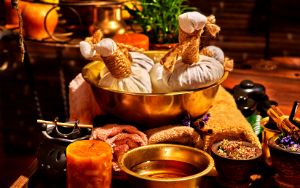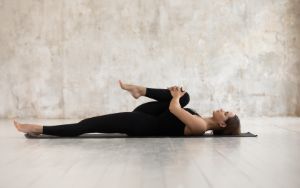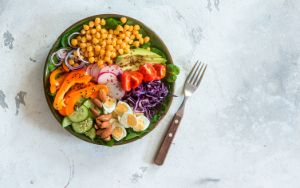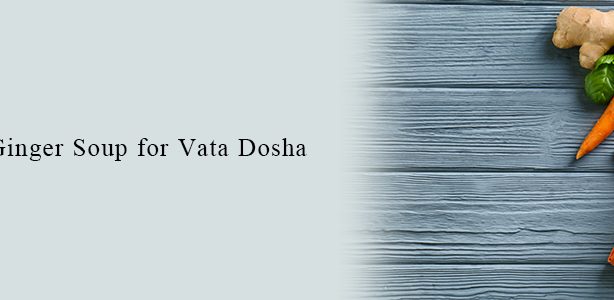Ayurveda is a science that advocates a living that goes with nature and its seasons. As per Ayurveda, the fall and beginning of winter are the Vata season in the northern hemisphere. Ayurveda doesn’t consider the calendar year but the atmospheric quality to indicate the seasons and the possibe illnesses/diseases and treatments. During fall, many experience some signs and symptoms of Vata dosha. You can practice Vata-balancing self-care to stay in the pink of health.
When Vata is not balanced, a person may experience anxiety, dry skin, indigestion, fatigue, and sleep issues.
The typical physical signs of Vata imbalance include constipation, gas, bloating, cold hands and feet, cramps, weakness, loss of appetite, arthritis, and irregular menstruation in women. There are also some mental indications that your Vata might be out of balance. They include panic, worry, nervousness, inconsistency, fear, and racing mind.
But fret not. Vata time is the best time to practice mindfulness and create/stick to routines. Start developing healthy patterns of eating and sleeping. Eat healthy meals at regular intervals and sleep before 10 pm. Be gentle to yourself and start practicing yoga or meditation. Reflection and keeping your mind clear will help you stay healthy. Self-care, balance, and a soothing routine can make all the difference.
Right Movement Practice:

Select a routine that is easy on your body. Instead of speed and long distances, choose easy and short walks. Take a walk in the park, do simple yoga asanas, and do deep breathing.
Pranayama:
Pranayama reduces stress and anxiety. Alternate nostril breathing is excellent for fall self-care. Pranayama relaxes you and makes you peaceful.
Nutritious Meals:
Eat freshly cooked food, seasonal fruits, and consume warm soups. Avoid cold and frozen foods to avoid blowing up the Vata dosha. Include herbs like oregano basil, thyme, cumin, ginger, and turmeric in your diet. Try including coconut milk in your curries. Be careful not to get indigestion. Avoid food that can trigger acidity and bloat.
Self-care for Vata:
Boosting blood circulation and promoting relaxation are vital for pacifying Vata. Give yourself an oil massage, listen to relaxing music, try aromatherapy and divide your tasks into smaller ones.
Book an Abhyangam:
Abhyangam is one of the most common therapies in Ayurveda. The unique herbal massage uses warm medicated oil. It is beneficial for the mind and body and can eliminate the toxins from the body. A good amount of warm oil is applied to the body and massaged in the direction of the arterial blood.
Abhyangam at Ayush Ayurveda provides stress relief, improve skin health, reduce muscle pain and stiffness, and delay aging.
It promotes overall wellness and is effective in keeping the Vata effects at bay.



